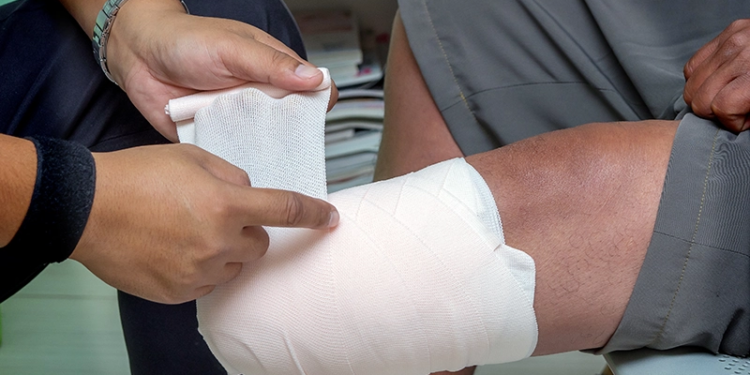Benjamin Marc O’Brien, PhD, and Iain Alexander Anderson, PhD, researchers at the University of Auckland, New Zealand, have created and demonstrated the use of an artificial muscle computer that shows that artificial muscles can be made to compute and “think”; this work has implications for future prosthetic devices and soft robots. Their study was published online March 13 in the journal Applied Physics Letters.
The computer uses the principles of a Turing machine-a device developed by Alan Turing that demonstrates that all computers use an underlying logical architecture, and can be made of any material when using that architecture. The artificial muscle computer is modeled on Stephen Wolfram’s 2, 3 Turing machine, the simplest known universal Turing machine, and is capable of solving any computable problem given sufficient time and memory. Using Turing’s design, computers have been made of DNA, light, Lego® toys, paper, and in this case artificial muscles made of electroactive polymers.
“To the best of our knowledge, this is the first time a computer has been built out of artificial muscles,” O’Brien was quoted as saying in a Phys.org article. “What makes it exciting is that the technology can be directly and intimately embedded into artificial muscle devices, giving them life-like reflexes. Even though our computer has hard bits, the technology is fundamentally soft and stretchy, something that traditional methods of computation struggle with.”
A universal Turing machine consists of a machine head that reads symbols stored on a tape, and then, based on the symbols and its own state (zero or one), it follows a set of instructions that tells it what to write and store. This particular computer is slow and large; however by using only 13 artificial muscle relays researchers could theoretically solve any computational problem.
By expanding and contracting, the artificial muscles performed a variety of mechanisms involved in the computing process. For example, the muscles pushed sliding elements into position, and the sliding elements were used to encode data. Artificial muscles were also used to make the instruction set that the machine head uses to make decisions. In this case, when a muscle expands, it compresses a switch, causing it to conduct charge. By sensing, computing, and moving, artificial muscles could give prosthetic devices and soft robots the ability to conform to complex and uncertain environments, as well as give them reflexes like natural muscles.
“If you look at life you see these amazing capabilities and structures,” O’Brien said. “The octopus, for example, has extremely dexterous infinite-degree-of-freedom manipulators. Such manipulators would be great for our own robots, but there is the huge challenge of how to control them-the degrees of freedom can overwhelm a central controller. Octopuses solve this by distributing neurons throughout their arms. With artificial muscle logic, we might one day be able to do the same.”
To achieve these goals, the researchers said they would like to miniaturize the technology to make it go faster and become more portable, develop materials that last longer before failing, make the computer entirely soft, explore analogue architectures, and build a soft robotic manipulator with a built-in computer.
Editor’s note: This story was adapted from materials provided by Phys.org.




